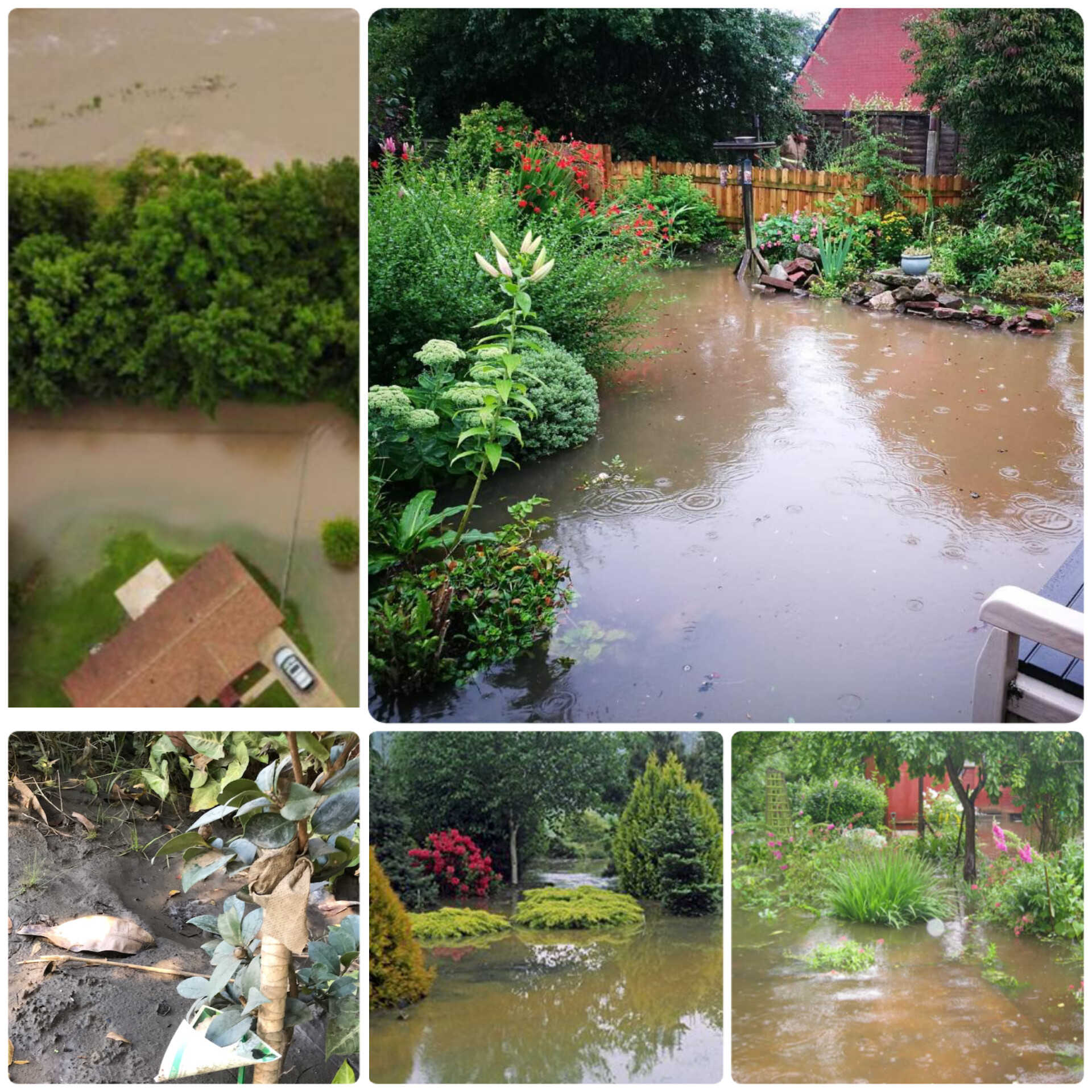Resetting your garden after a flood can be a tough task, but with the right approach, you can get your green space thriving again. Mordhana Ashram Organic Nursery Garden is one of the leading landscape company helps to setup and maintain home garden. We have helped many of our clients to recover their garden that are affected due to flood. Since, we are the leading landscape consultant for more than a decade we are here to provide you the key steps to reset garden.
Assess the damage:
- Safety first: Wear protective clothing, including gloves, boots, and a mask, to avoid exposure to contaminants and debris.
- Survey the scene: Walk through your garden and assess the damage to plants, structures, and soil. Make a note of anything that needs to be removed, repaired, or replaced.
Clean up:
- Remove debris: Clear away any debris left behind by the flood, such as branches, leaves, and trash. This will help prevent the spread of disease and allow plants to receive sunlight and water.
- Wash down plants: Gently remove mud debris from the leaves of your plants. This will help them breathe and photosynthesize.
Prune:
- Remove any damaged or diseased branches and leaves from your plants. This will help them focus their energy on recovery and prevent the spread of disease.
- Be careful not to over prune, as this can further stress your plants.
Soil care:
- Wait for the soil to dry out: Don’t work the soil while it’s still wet, as this can damage its structure. Once it has dried out a bit, you can start to break up any compacted areas.
- Add organic matter: Compost, aged manure, or other organic matter will help improve the soil’s drainage, aeration, and nutrient content.
- Test your soil: This will help you determine the pH and nutrient levels of your soil, which will guide you in choosing the right amendments.
- Add lime if necessary: If your soil is too acidic, add lime to raise the pH.
- Replenish nutrients: Add fertilizer or compost to replenish the nutrients lost during the flood.
Replanting:
- Wait until the soil has warmed up: Don’t replant your garden too soon, as the cold soil can shock the roots of your plants.
- Choose plants that are tolerant of flooding: Some plants are better suited to wet conditions than others. Research which plants will do well in your garden after a flood.
- Start small: Don’t try to replant your entire garden at once. Start with a few small areas and gradually add more plants as your garden recovers.
Additional tips:
- Be patient: It takes time for a garden to recover from a flood. Don’t get discouraged if things don’t look perfect right away.
- Seek help: If you need help with the clean up or restoration process, contact a professional landscaper or gardening expert.
- Document your progress: Take photos and keep a journal of your progress. This will help you track the recovery of your garden and make decisions about future plantings.
Mordhana Ashram Organic Nursery Garden has over 10 years of experience in designing waterfalls tailored to specific site conditions, we have garnered numerous satisfied customers who now delight in their private gardens. We are enthusiastic about crafting gardens for aspiring customers who share our passion for exquisite outdoor spaces. Kindly visit www.organicnurserygarden.com

